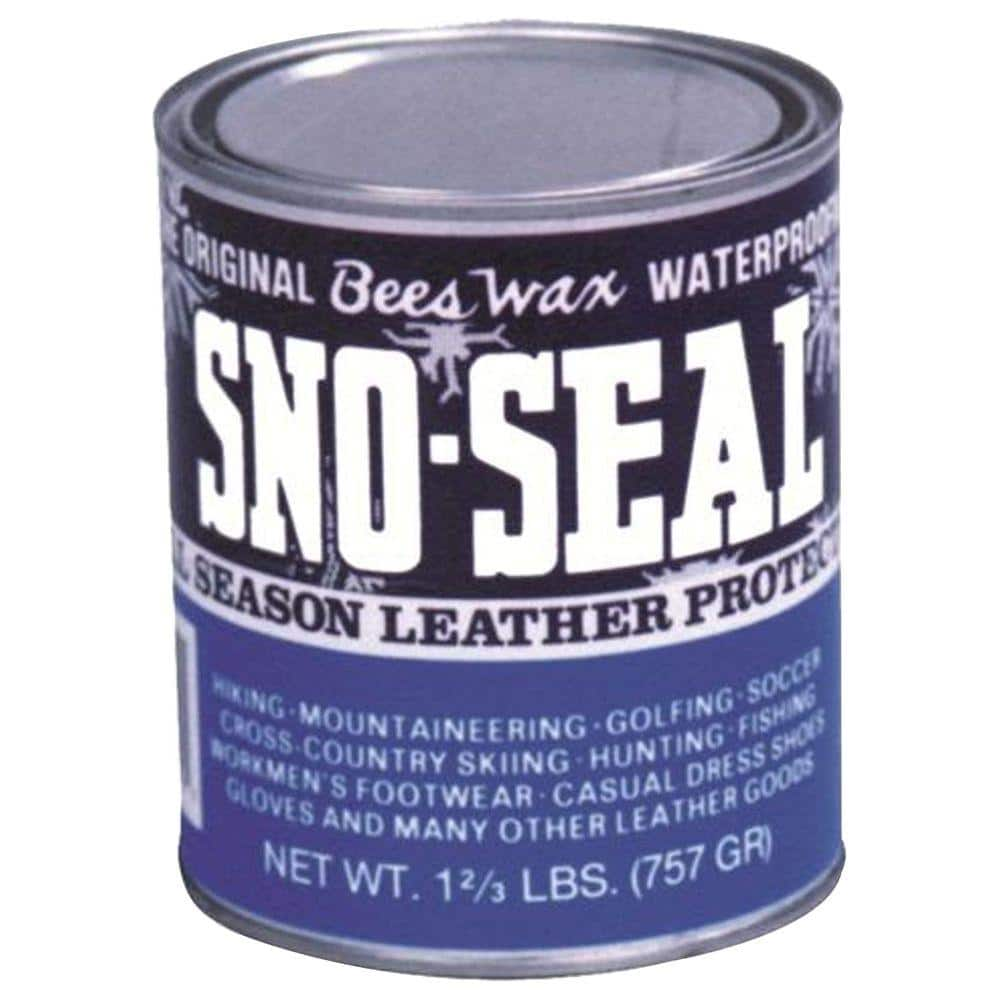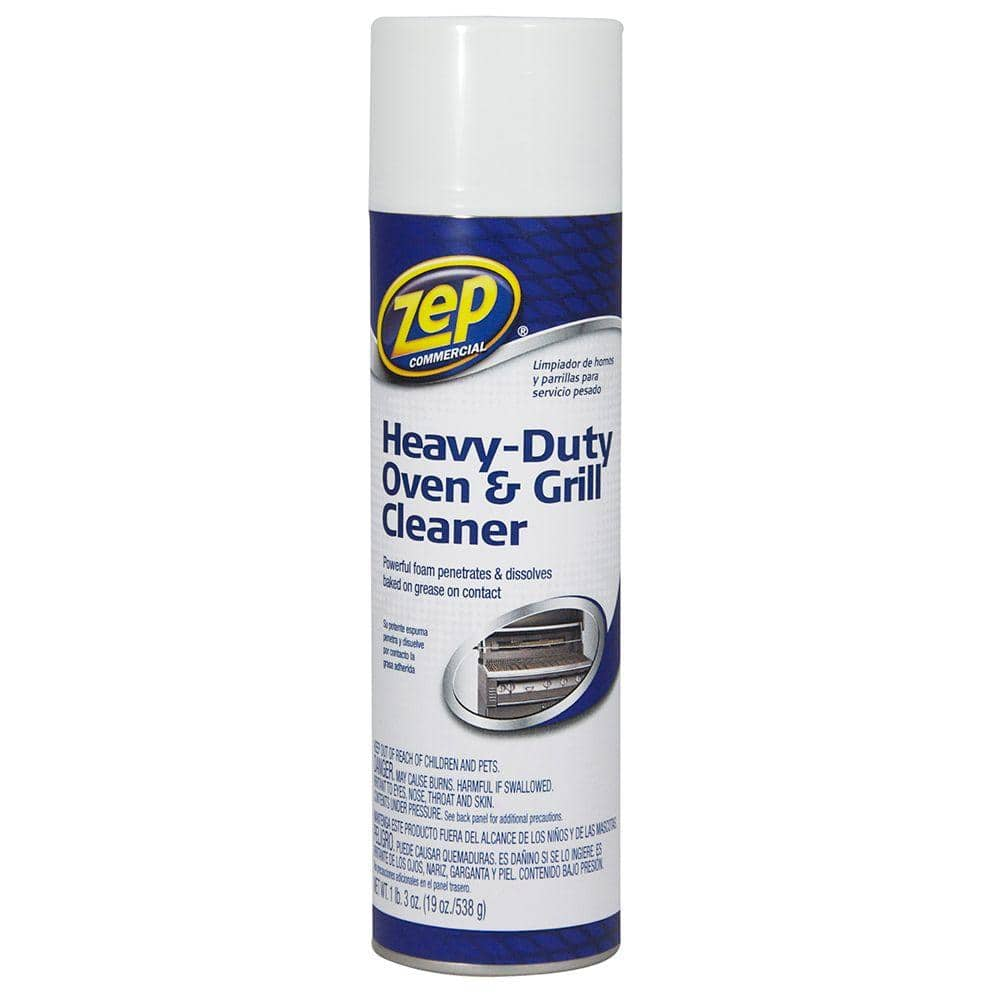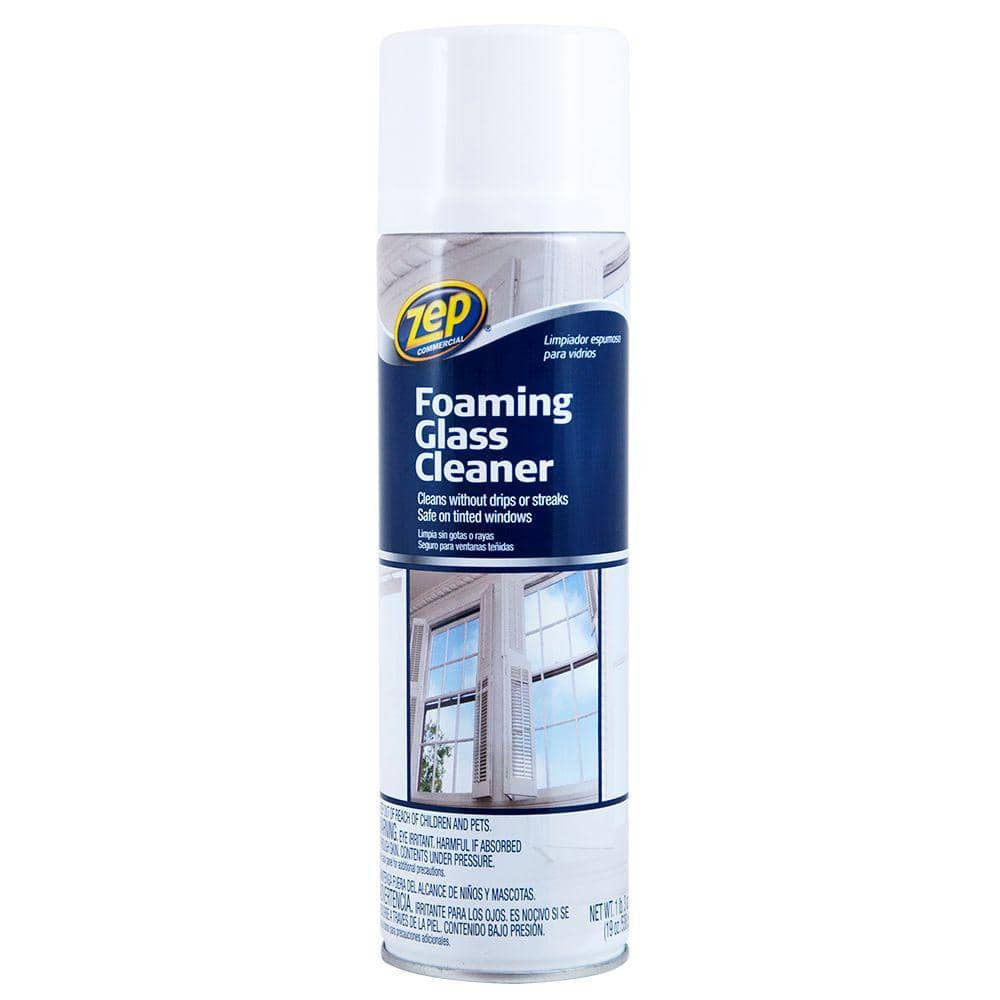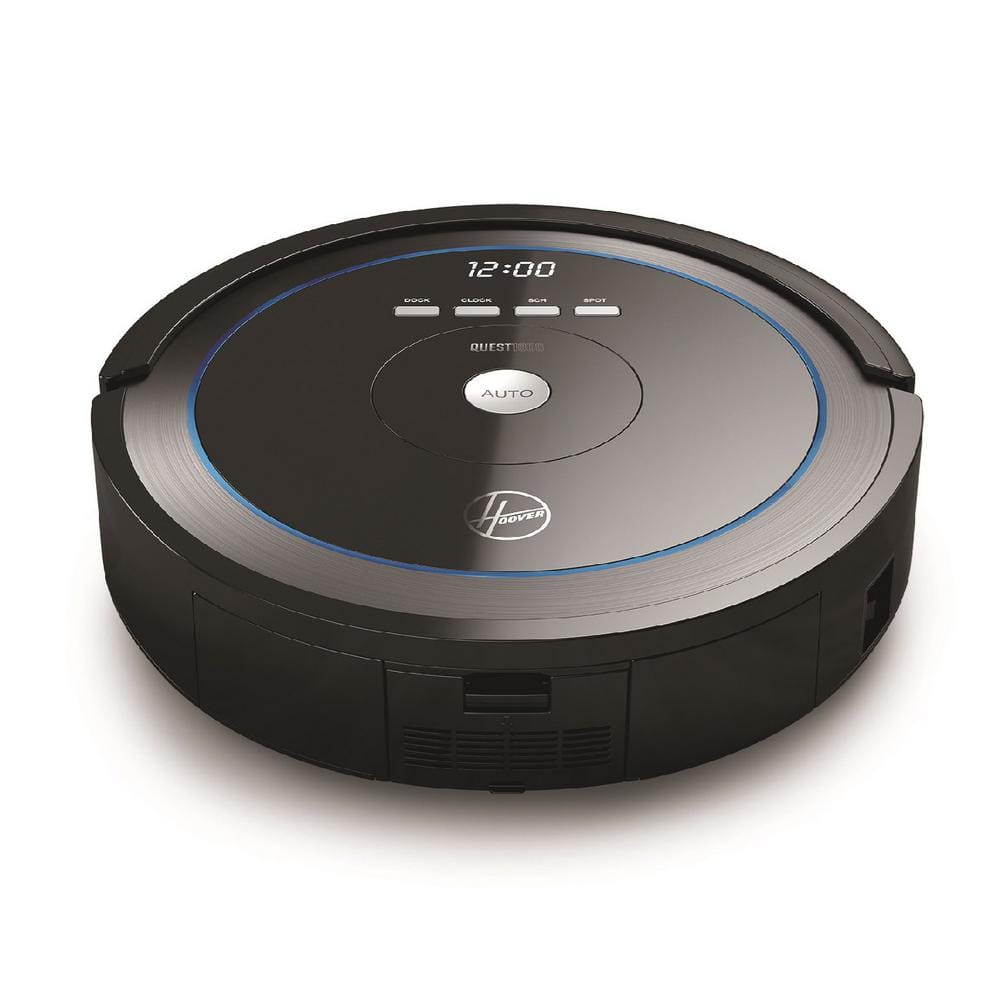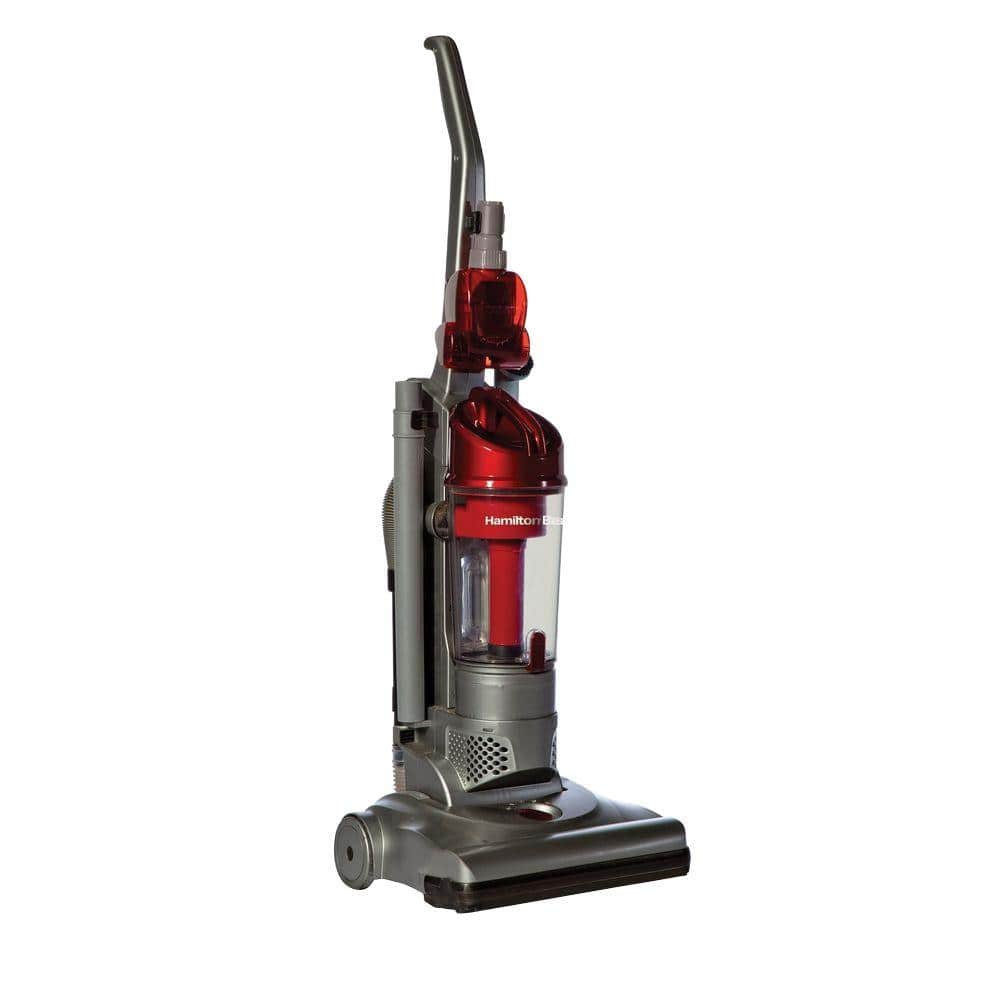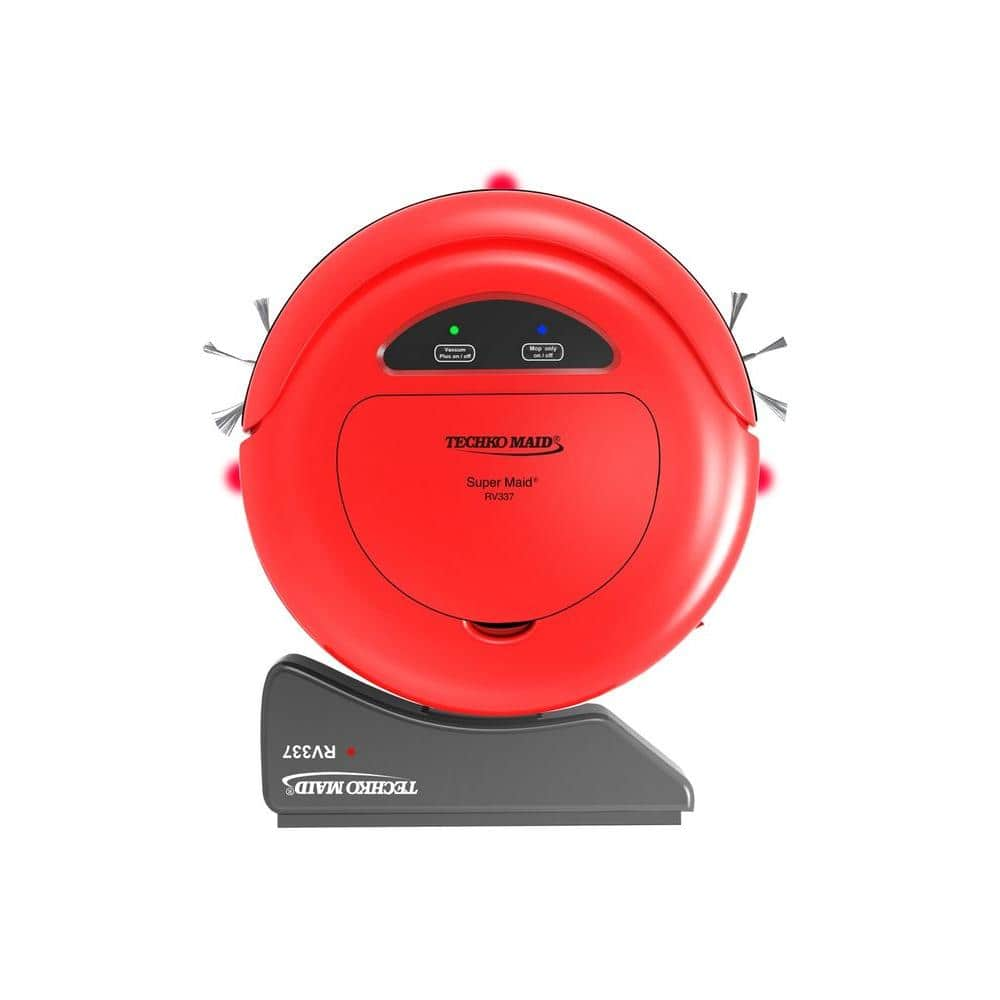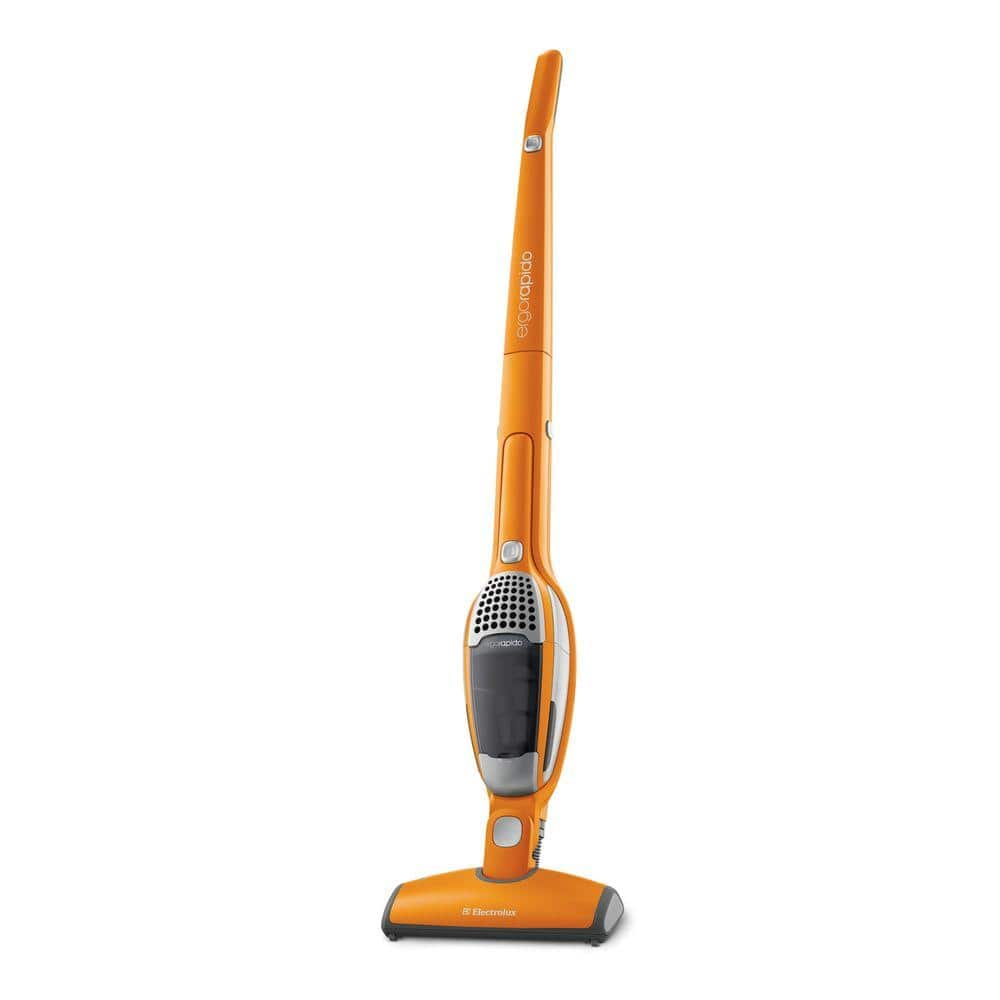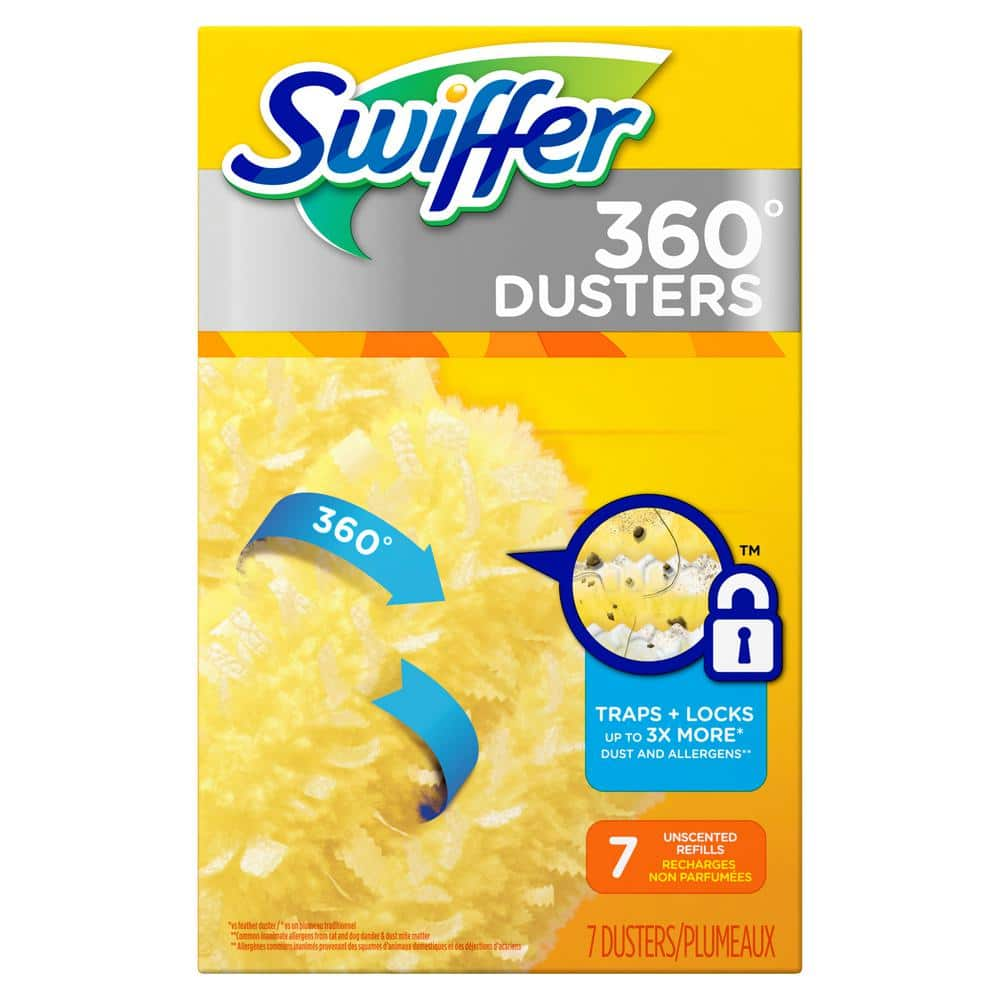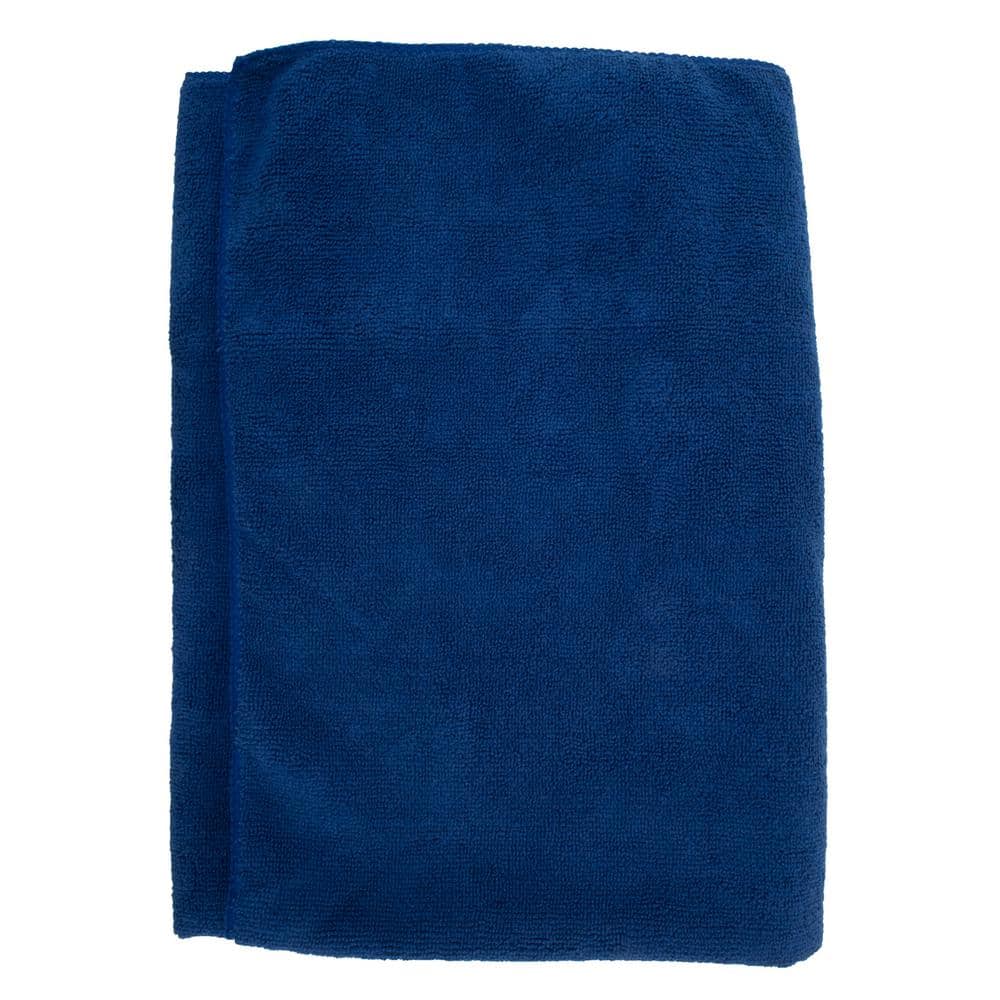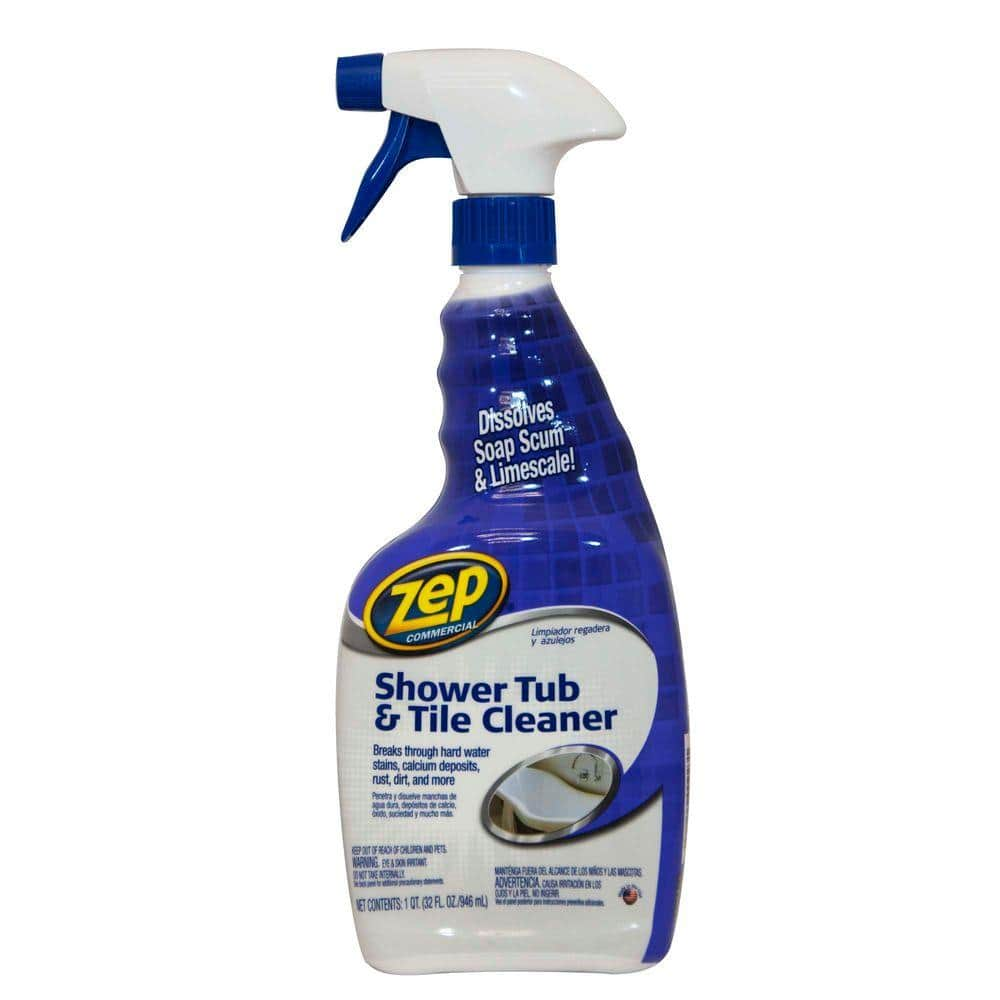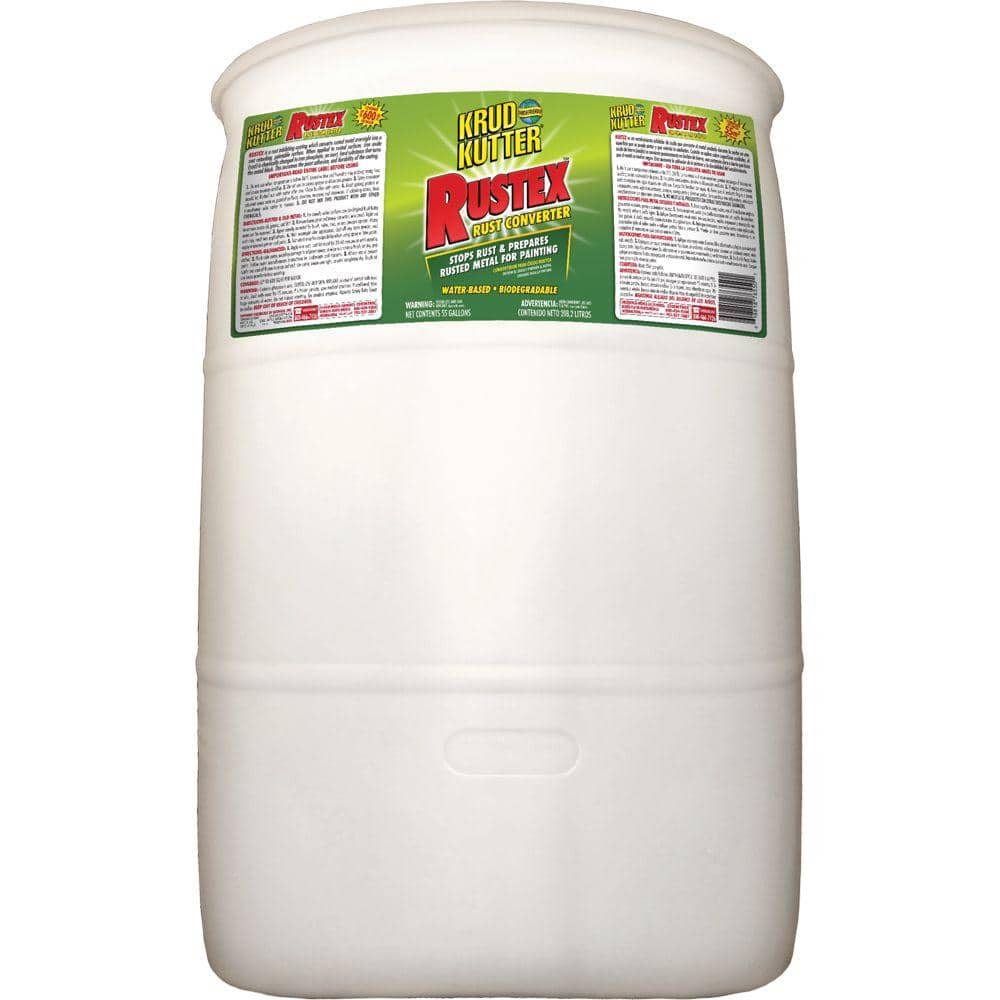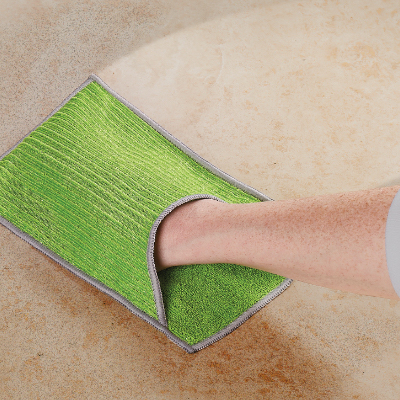Spring Cleaning Checklist

Last updated August 28, 2025
Every home needs a regular spring or deep cleaning to get dust out of drapes, tough spills off stovetops, smudges off walls and grime off baseboards. The handy spring cleaning checklist below will help you remember to clean areas that are often overlooked. Get organized by putting frequently used cleaning supplies into a tote you can carry from room to room.
Table of Contents
Spring Cleaning Basics
Remove Dirt From Walls and Windows
Clean the Refrigerator
Clean the Dishwasher
Clean the Microwave
Clean Kitchen Surfaces, Sinks and Shelves
Spring Cleaning Basics

These spring cleaning chores apply to almost every room in your home. Work from the top of the room to the bottom.
- Use a long-handled duster to dust the tops of cabinets, bookcases and other furnishings. Don’t forget to dust ceiling fans, crown moulding, beams and other overhead elements.
- Turn off lamps and ceiling lights. When the bulbs are cool, wipe them with a dry cloth. Dust the lamps and light fixtures and vacuum the shades.
- Dust blinds with a microfiber cloth or vacuum brush attachment. Use another cleaning cloth to restore the shine to wood blinds with furniture polish or wood cleaner.
- Machine wash, hand wash or dry clean drapes, curtains and valances as the labels direct.
- Sweep cobwebs out of corners and off ceilings and overhead light fixtures with a broom. Or use a vacuum attachment.
- Dust baseboards with a vacuum attachment or microfiber cloth. Then add a little mild dishwashing liquid to a bucket filled with two quarts of warm water. Moisten a microfiber cloth with the solution and wash the baseboards. Use old towels to keep drips off the floor.
- Clean corners and around baseboard edges with dampened cotton swabs. Consider running a fan or two to help dry the baseboards.
- Dust around window frames or wipe them with a damp cloth. If they are made of wood, use wood cleaner or furniture polish.
- Clean interior windows with glass cleaner and a squeegee or microfiber cloth.
- Finish by vacuuming or sweeping the floors to remove the dust that you’ve brushed off shelves, blinds and furnishings.
Remove Dirt From Walls and Windows

- Try cleaning painted walls with warm water first. If that doesn't remove the grime, add a few drops of mild dishwashing liquid to the water. If something stronger is required, combine one cup of ammonia, 1/2 cup of white vinegar and 1/4 cup of baking soda in a gallon of warm water. Wash each wall and then wipe with a clean, dry towel to avoid leaving streaks.
- For outdoor spring cleaning, wash exterior windows with a hose using low to medium pressure. Use a ladder or telescopic scrubber for windows you can't reach from the ground. Some types of outdoor glass cleaners are made to be used with a hose. Spray the cleaner onto the windows and then scrub off the grime. Finish by rinsing the windows with clean water.
Tip: As part of your spring clean, wash dirty walls carefully. Some kinds of paint, such as paints with flat and eggshell finishes, may flake off.
Clean the Refrigerator

Neglected refrigerators can be a source of bad odors. Mold can also grow on dirty gaskets. A spring clean will give your fridge a refresh. After you discard out-of-date foods, empty the refrigerator shelves and bins completely.
- Wipe shelves and bins down with warm water and a little dishwashing liquid. If a more thorough cleaning is needed, soak them in the sink. Rinse thoroughly and let them air dry.
- Wipe the refrigerator interior with a sponge dipped in a solution of warm water and a few drops of dish soap. Rinse with clean water.
- Clean refrigerator gaskets with warm water and a sponge. Don’t use detergents, which can damage them.
- Dust the top of the refrigerator. Unplug it to avoid the risk of electrical shock and then vacuum underneath it, behind it and along the sides. While the refrigerator is still unplugged, remove the bottom grill and clean the condenser coils. Use a coil cleaning brush or vacuum cleaner attachment. (Some refrigerators may have coils in the back. Read the manufacturer’s manual for details on how to clean your model.)
- Use a product designed for the finish on the refrigerator to clean the exterior.
Clean the Dishwasher

Dishwashers leave dishes clean, but they also need regular cleaning.
- After each cleaning cycle, bits of leftover food can settle in the bottom of the dishwasher. Pull out the bottom rack and clean out the floor of dishwasher with paper towels.
If the dishwasher has a filter, read the manufacturer’s instructions on how to remove and clean it. - Wipe spots or stuck-on foods from the door, handles and interior of the dishwasher with a damp sponge. Read the manual before cleaning the control panel to avoid possible damage.
- Empty the dishwasher completely and run a hot water cycle with dishwashing detergent. Leave the door open so the dishwasher can air dry.
Clean the Microwave

Add the microwave to your spring clean list.
- Clean the microwave by putting a microwave-safe bowl of water inside.
- Add a squeeze of lemon to remove odors.
- Heat the water until it boils. The steam will help loosen dried food bits.
- Let the water cool before removing the bowl.
- Use a sponge to wipe out the microwave interior.
Clean Kitchen Surfaces, Sinks and Shelves

- Clean all the way around the kitchen faucet and underneath it. Use a little mild dish soap and a sponge to clean in and around the sink. Scrub around the drain with an old toothbrush.
- Wipe kitchen counters with a cleaner that also disinfects. If it's labeled for that type of finish, use the cleaner on appliance exteriors.
- Check your kitchen cabinets and toss expired foods. Wipe off the shelves as needed and replace old or stained shelf paper in cabinets and drawers.
- Remove fingerprints and streaks from any stainless steel surfaces with a stainless steel cleaner or stainless steel polish.
Clean the Stovetop and Oven

If you have a self-cleaning oven, use the cleaning feature. If you don't, use an oven cleaner. Follow the manufacturer’s directions, which may include removing the interior racks. Here's how to clean other types of ovens:
- To clean oven racks, first put an old towel in your bathtub to protect it from scratches. Put the dirty racks on the towel and fill the tub with hot water and 1/2 cup of dishwasher detergent. Let the racks soak for several hours. If any baked-on grime remains, remove it with a non-abrasive sponge. Rinse the racks with cold water and let them air dry before placing them back in the oven.
- Clean the stovetop only when it's cool to the touch. Take off any grates, control knobs or other removable parts and soak them in a sink filled with hot, soapy water.
- Use an oventop cleaner to clean the sides of the stove and the range hood. Go back over the areas with clean water to rinse. Dry with a towel to avoid streaks and spots.
Clean Appliance Exteriors

Deep clean the exterior of the dishwasher and other kitchen appliances such as the stove, microwave and oven. Use an appliance cleaner designed for the finish on your appliance. If you have a stainless steel finish, choose an appliance polish to restore its shine.
- Refer to your appliance manual for how to clean electronic controls and touch panels.
- Unplug small kitchen appliances, like can openers, before cleaning them.
Clean Bathrooms

Bathroom cleaners tackle lime and calcium deposits, soap scum or rust stains on tubs, showers and other bath fixtures. There are also bathroom cleaners for tile, grout and toilets.
- Use disinfectant wipes to clean toilets, bathtubs, sinks, showers and countertops.
They are also ideal for cleaning around and under the faucets and fixtures in the sinks, tub and shower. - If you have a machine-washable shower curtain, wash it on a gentle cycle. Check the label to see if it should be hung to dry or machine dried on low. If the curtain is worn or stained, consider replacing it.
- Wash washable bathmats. Line dry them or toss the in the dryer if the label permits.
- To remedy a shower head clogged with mineral deposits, tie a plastic bag filled with white vinegar around it. Let the showerhead soak overnight. The next morning, remove the bag and turn on the water to rinse thoroughly.
- Some shower doors can be cleaned with a non-abrasive sponge and a paste made from 1/2-cup of baking soda and warm water. Other doors have a protective coating and should only be cleaned with water and a little mild dishwashing detergent. Check the manufacturer's directions.
More Spots to Clean for Your Spring Clean

- Remove batteries from your remote control and clean it with a cloth dipped in rubbing alcohol. Gently scrape dirt from between the buttons with a toothpick. Clean around them with a cotton swab dipped in rubbing alcohol. Dry the remote with a cloth and replace the batteries.
- Clean light switches with a dry microfiber cloth. Use dry cotton swabs to reach the dirt in nooks and crannies.
- If you have pets, remove and wash covers for pet beds that are labeled washable. Air dry or machine dry them according to the labels. Wash pet toys, if they are washable.
Clean Brass and Other Metals

Spring is a great time to make your solid brass pieces or brass-plated items, look new again. You can use a specialty copper, brass and metal polish and microfiber towel to remove long-standing tarnish. Or try brass and mixed metal cleaning cloths to restore shine.
If you’d like to try a DIY cleaning solution, below are a some ideas:
- Stir a few drops of dish soap in a cup of hot water.
- Combine equal parts table salt, white vinegar and baking soda. Leave this paste on for 30 minutes. Rinse with warm water.
- Rub a cut lemon sprinkled with table salt on the brass item until the tarnish comes off. Rinse well.
Tip: Always hand dry your brass objects immediately after cleaning to prevent spotting.
Clean Living Rooms and Bedrooms

- Clean pillows and throws as directed on the labels. If they’re worn or stained, think about replacing them.
- Vacuum underneath and around leather furniture and between the cushions and arms. Then use a leather cleaner and a soft cloth to clean dirty spots. Also vacuum upholstered furniture between the cushions and arms, along the sides, around the legs and underneath.
- Before you spot-clean upholstered furniture, test clean a small area that isn’t noticeable. Use a white cloth moistened in warm water with a little mild dishwashing liquid or a furniture cleaner made for fabric. If the white cloth picks up color from the fabric or the fabric reacts badly in some other way, stop and consult a professional cleaning company.
- Clean bed skirts, mattress pads and pillow protectors as directed on their labels or replace them if they’re worn or stained. Vacuum around the box springs and bed frame while the bed is stripped.
- Wash or dry clean duvet covers as directed. In general, washing machines can handle washable bedspreads and comforters up to twin-size. Larger bedding should usually be dry cleaned.
- Synthetic and down pillows may be machine-washable on a cool water gentle cycle. Dry and fluff the pillows on a low heat setting. Spot clean foam pillows that can’t be washed.
- Vacuum furniture, carpets and drapes. To deep clean your carpets, use a carpet cleaner.
Tip: Consider getting a rental carpet cleaner to get your project done.
When preparing to tidy things up around the house, a spring cleaning checklist keeps you on track. From supplies like rubber gloves and microfiber cloths to vacuums, you'll find what you need to clean every room. Looking for a product to complete your project? The Home Depot delivers online orders when and where you need them.



